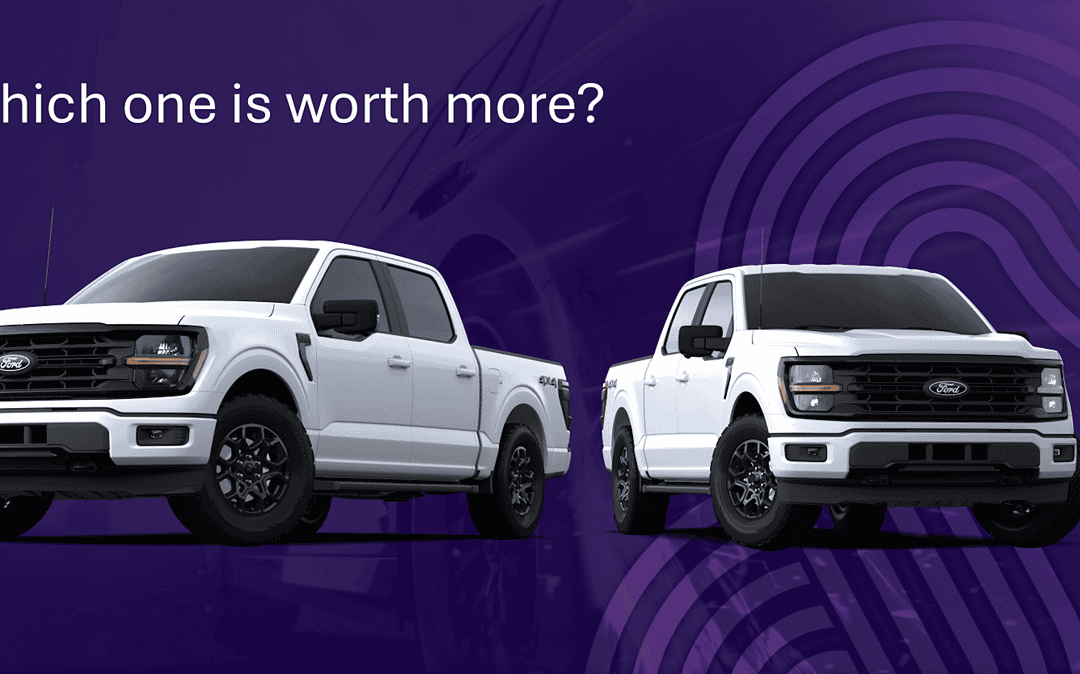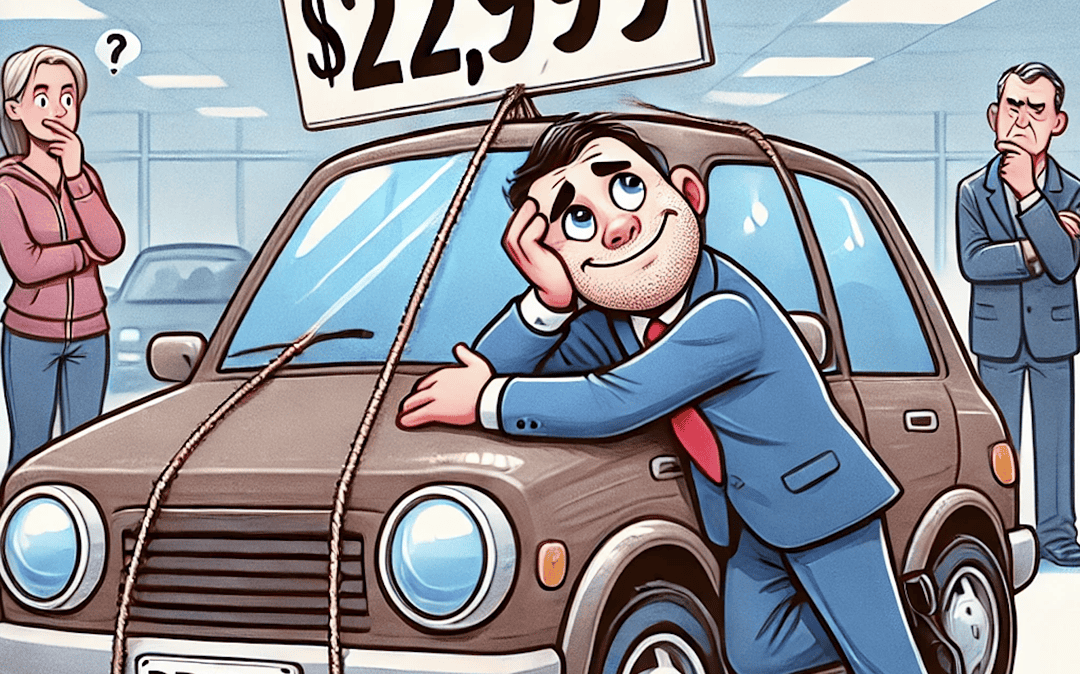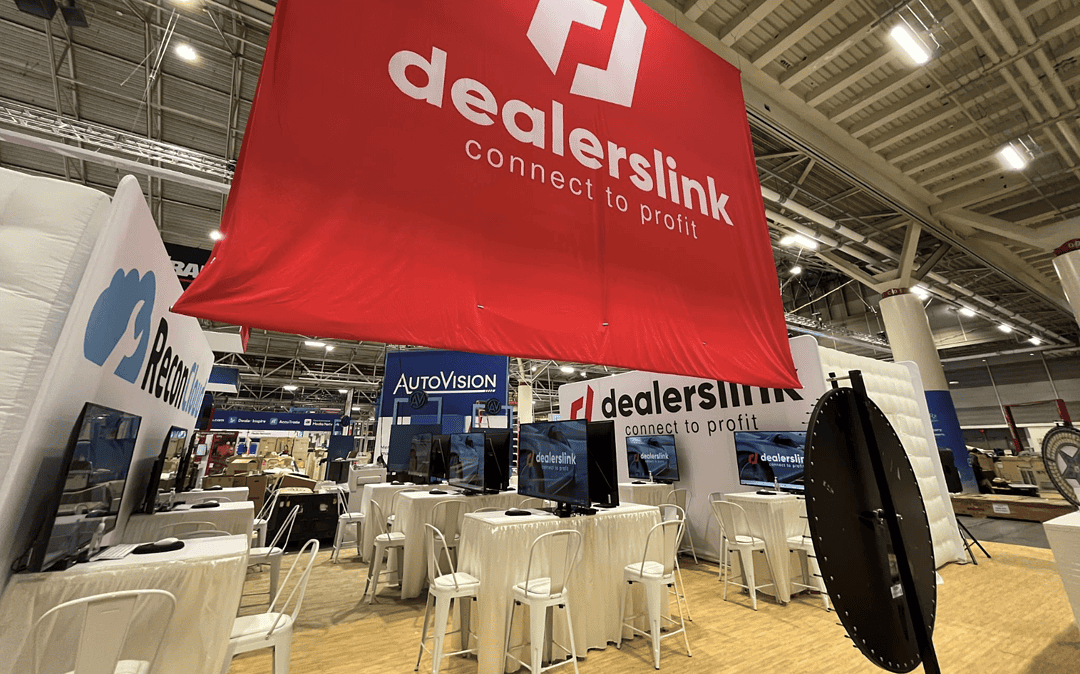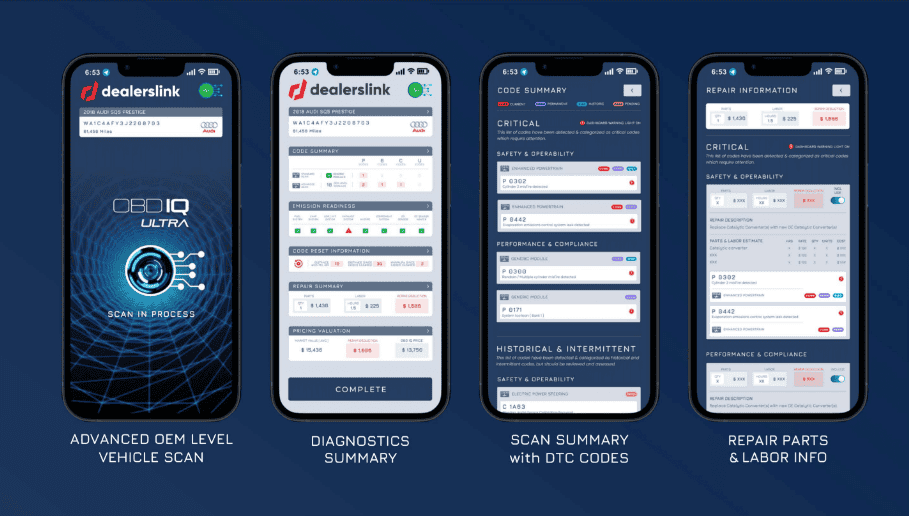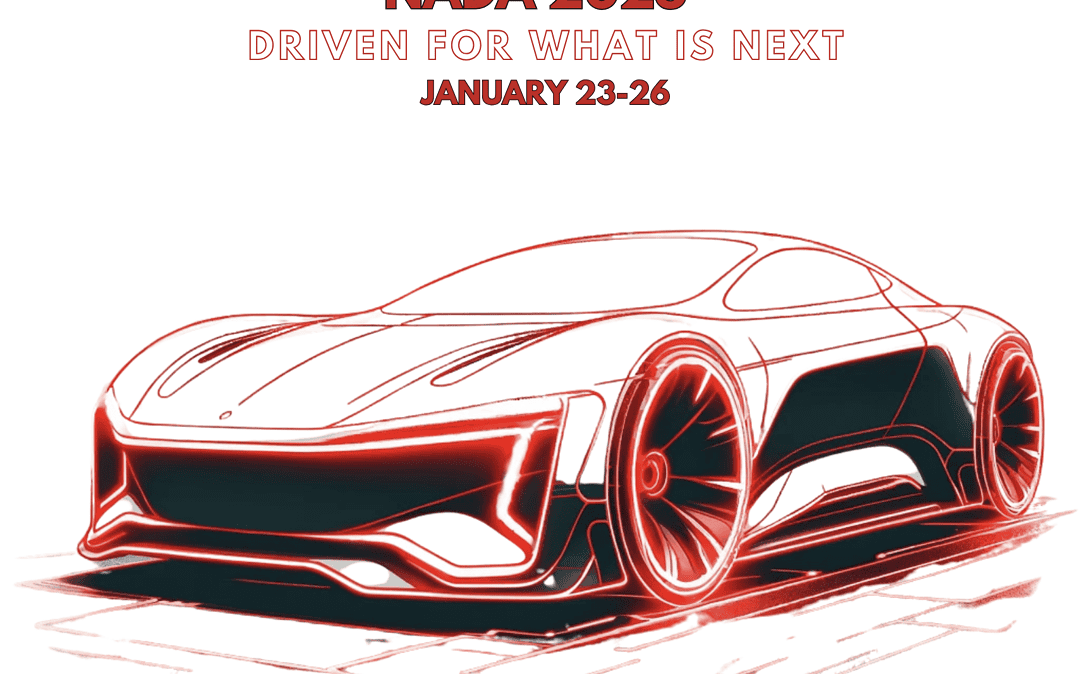With the COVID vaccine becoming more and more prevalent, Americans are finally starting to return to some sense of normalcy as mask mandates relax and businesses begin to fully reopen. For the automotive industry, however, conditions are far from typical with inventory tighter than ever and car values skyrocketing. But dealers who have been actively buying and selling vehicles during the pandemic are now reaping the benefits, as cars on their lots are appreciating at never-before-seen rates.
There is not a simple explanation behind these conditions. Rather they are a product of a variety of different factors:
- Trouble on the Line: The COVID-19 situation affected automotive manufacturing in a variety of ways, one of which being a lack of computer chips and parts, ultimately leading to less car production. With less supply of cars, demand and prices have naturally gone up.
- Rental Fleet Inventory: Instead of selling aged inventory, rental companies are now holding onto their used vehicles for longer, meaning less inventory being placed back on the market.
- Fewer Lease Returns: Leasers are choosing to buy or extend their leases instead of leasing them back to the dealership, causing less inventory to be available for sale.
- Stimulus Checks Galore: Be it PPP loans, stimulus checks, or other types of government aid, consumers are receiving money from the government like never before, meaning they’re buying inventory like never before.
With fewer vehicles available but higher demand, dealers with low inventory are scrambling to acquire vehicles as they watch prices inflate. At the same time, those who have been actively making transactions are seeing their hard work pay off as their appreciating lots significantly gain value.
“With less inventory available, dealers are seeing their lot values skyrocket,” describes Dealerslink Senior VP of Sales Travis Wise. “There are two types of dealers out there: those who have been buying inventory and seeing the benefits or those who haven’t and have been suffering.”
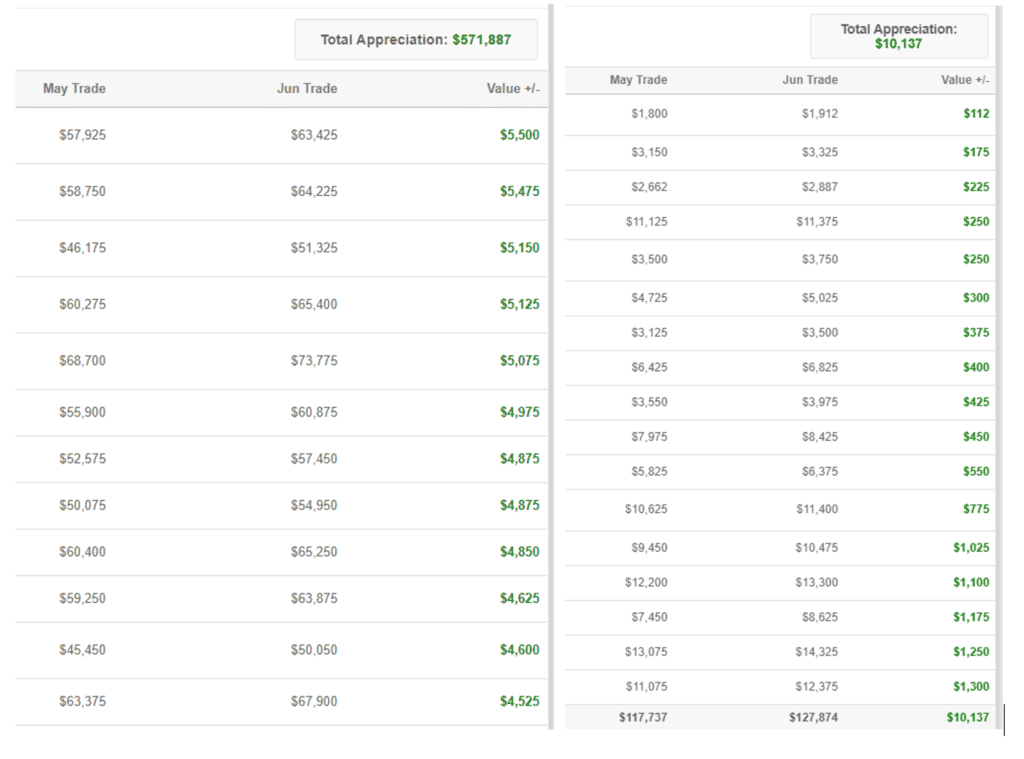
A dealer who has actively been making transactions vs. one who hasn’t
A recent article from AutoRemarketing confirms this “spike”, noting how the Manheim used-car price index surpassed the 200 mark in mid-May, its highest level since 1997. Additionally, the article notes that the number of unsold vehicles fell from 2.34 million at the end of March to 2.23 million at the end of April, a drastic drop.
So, what do these conditions mean for your dealership? Ultimately, this recent spike emphasizes the importance of continuing to actively make transactions, be it buying, selling, or trading vehicles. The more inventory that dealers interact with, the more money they will ultimately make.
An easy way to do this is through the Dealerslink marketplace, the largest dealer-to-dealer vehicle exchange in the country with over $1 billion in retail-ready inventory. Nationwide, dealers use the marketplace to streamline the way they buy, sell, and trade inventory without the typical fees or long-term contracts. To learn more, visit our dedicated marketplace page.





